Mexico
Mexico’s arid north adjoins the US border. A 3,140 km line that has come to symbolize a complex and unstable relationship, one that has fixated attention on a country known as much for its drugs, beaches and safety concerns, as its extraordinary archaeological sites. This might be a place of tequila and sombreros, Spanish and French Imperialism, Mayan and Aztec cultures and extreme poverty, but it is also a region of immense beauty and changing landscapes. I flew into Mexico City last November, skirting the white cloud emanating from the ‘Smoking Mountain’ of Popocatepetl or Popo as the locals refer to her, and the snow-rimmed peaks of Iztaccihuatl, the ‘Sleeping Lady’. In 1985 a magnitude 8.0 earthquake hit the greater Mexico area with estimates of 10,000 dead and 30,000 injured. Only 5,000 bodies were ever recovered. If you head to the website, earthtrack, you’ll quickly see the level of seismic activity in Mexico, with 82 earthquakes registered in the past thirty days. There’s lots happening beneath the surface and during my 2,500 km journey through Mexico evidence of earthquake damage was obvious in nearly every town we travelled through.
Mexico City sits in a valley ringed by mountains. As it’s home to around twenty-five million people, in a country of 121 million, you’d expect the traffic to be chaotic, noisy, and dangerous. If you’ve ever been subjected to an irate Sydney motorist, hand on horn, tail-gating with a few unsavoury gestures or expletives thrown in for good measure, that was what I expected, ten-fold. Instead I found drivers mainly patient, gently nudging old sedans and pick-up trucks into the ceaseless flow of traffic with barely a horn-blast or gesture in sight. I realised what was (thankfully) missing in this crowded city, the sense of entitlement that is so endemic on some of our roads.
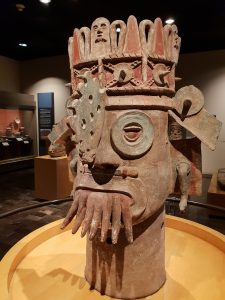
Exhibit from the National Museum of Anthropology Mexico City
When Hernan Cortes led his army into the Aztec capital of Tenochtitlan in 1519, the city stood on an island in the middle of Lake Texaco. The Spanish conquistador was quick to conquer the area, defeating the empire of Moctezuma after a bloody and destructive siege. He reused much of the stonework from the ancient stepped temples to build administrative offices and houses, as well as Cathedrals. In many cases building churches atop the temples and thereby imposing Spanish Catholicism on the subjugated indigenous peoples. Today the grand Plaza de la Constitucion – one of the biggest public squares in the world, colonial churches and mansions, skyscrapers and department stores sit somewhat precariously on the lake that Cortes had filled with rubble. It is not unusual to walk into a magnificent Cathedral and find the marble floor sloping dangerously to one side as the structure gradually sinks into the soft soil of the water table below.
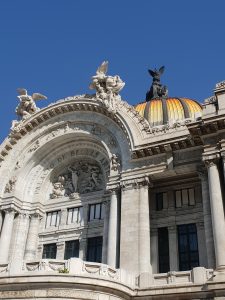
Above – The Neo-Classical facade of the Palacio de Bella Artes (Arts centre) Mexico City with the gold glass dome made by Tiffany New York.
Luckily, Cortes’ army never noticed the Pre-Columbrian crumbled ruins of Teotihuacan located north of Mexico City when they left Tenochtitlan in 1520. For more than 1,000 years after its decline, this once most powerful city of the New World lay covered in vegetation and earth. Founded before the Christian era this massive urban centre once housed over 125,000 people before being destroyed and abandoned. Partly reconstructed in the early 1900s this huge site is one of the most easily accessible being so close to Mexico City. The imposing Pyramid of the Sun and its sister temple, the Pyramid of the Moon – supposedly aligned with the Belt of Orion, once housed timber structures on the very top for religious purposes. Human sacrifices being not uncommon. The Sun Temple is equal in height to 49 flights of stairs. It does take some climbing with the stairs steep and uneven, the steepness becoming more pronounced the higher you go. This was to ensure that you bowed very low as you approached the gods and having climbed the Pyramid of the Sun, I have to say that the religious methodology works! Be prepared for steep stairs, long walks over uneven ground and a hot tropical sun. A couple of Corona’s and two plates of tortilla’s, beans and guacamole were on the menu that night.
Below – Teotihuacan
Travel Holiday Reading – Mexico, will continue next week. If you’d like to see more pictures from this trip please head to my Instagram page here.

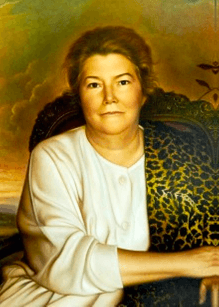
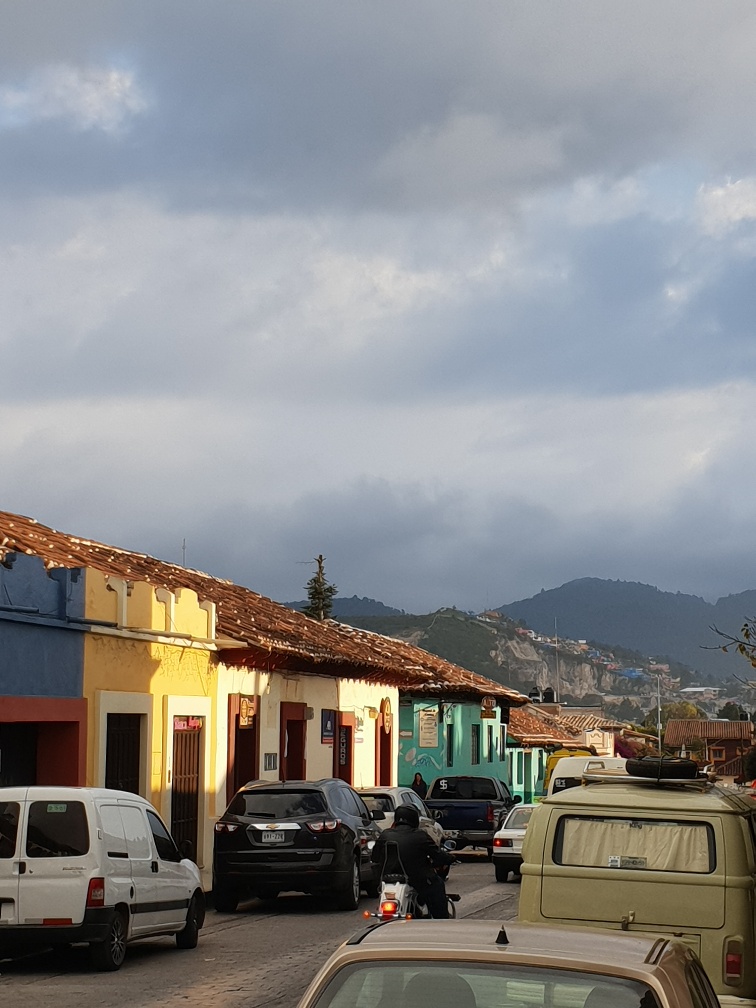
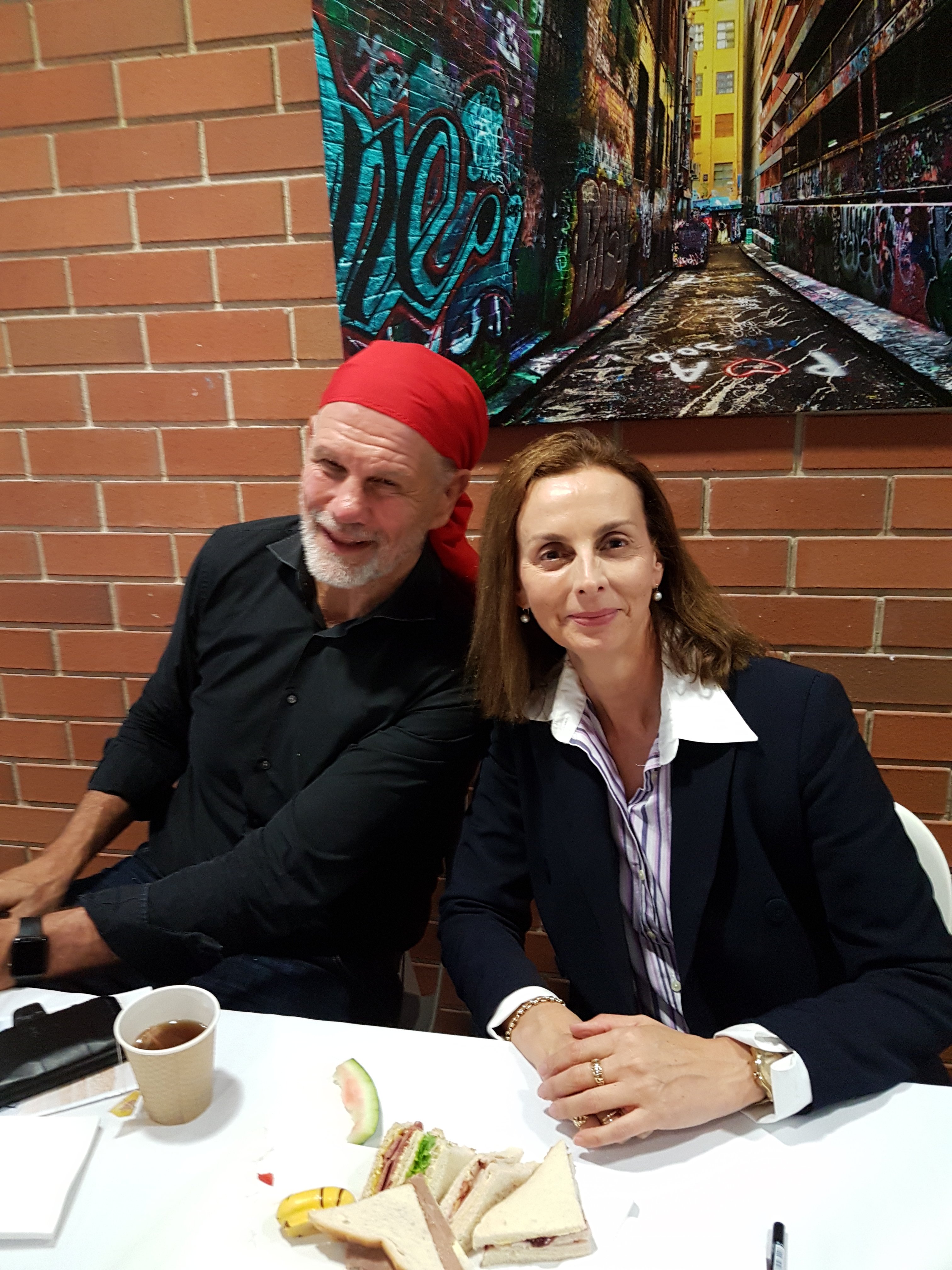
Leave A Comment